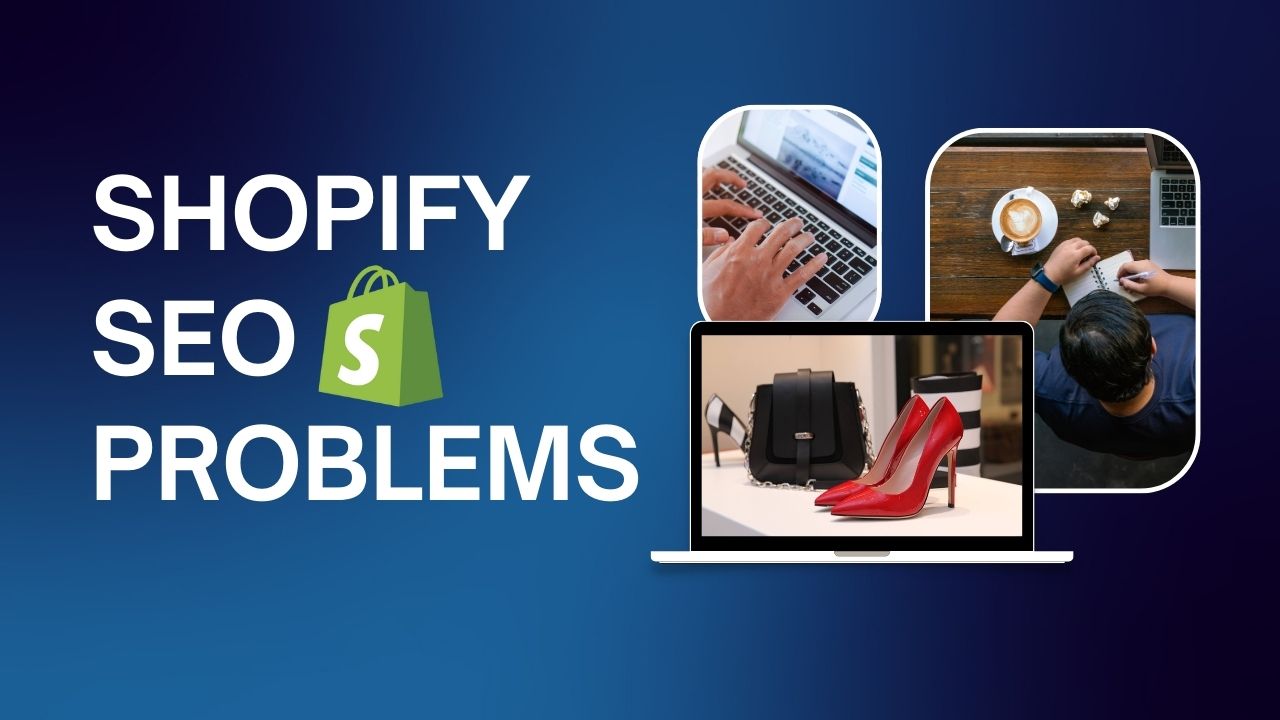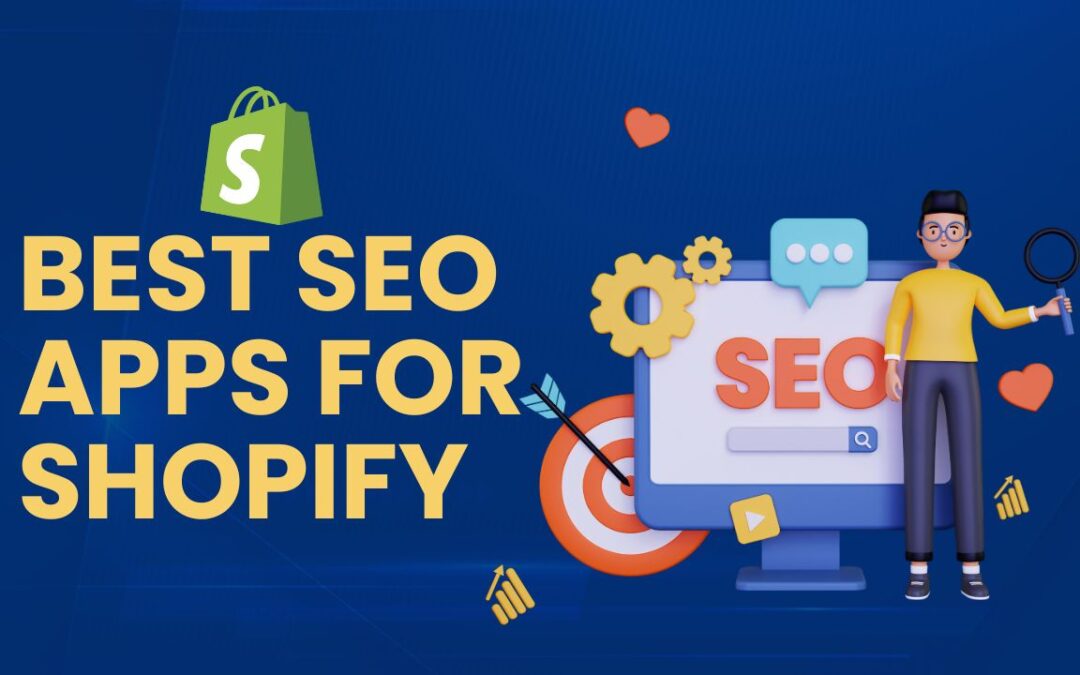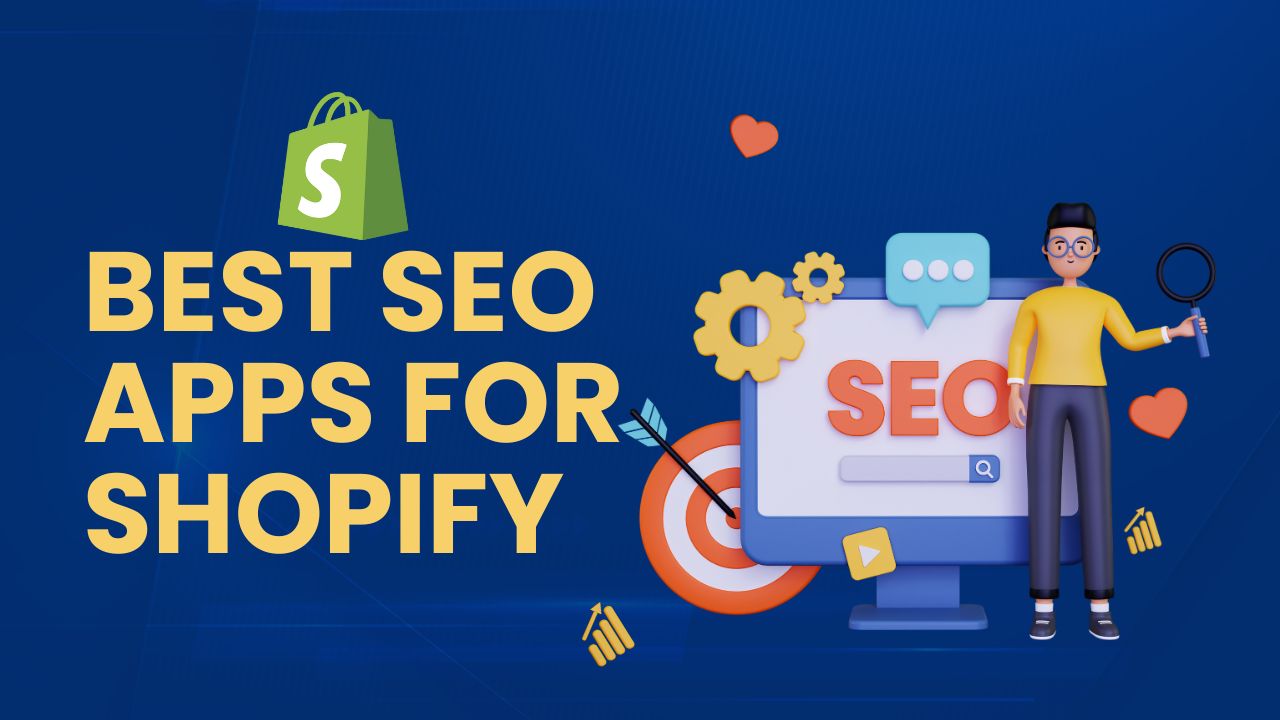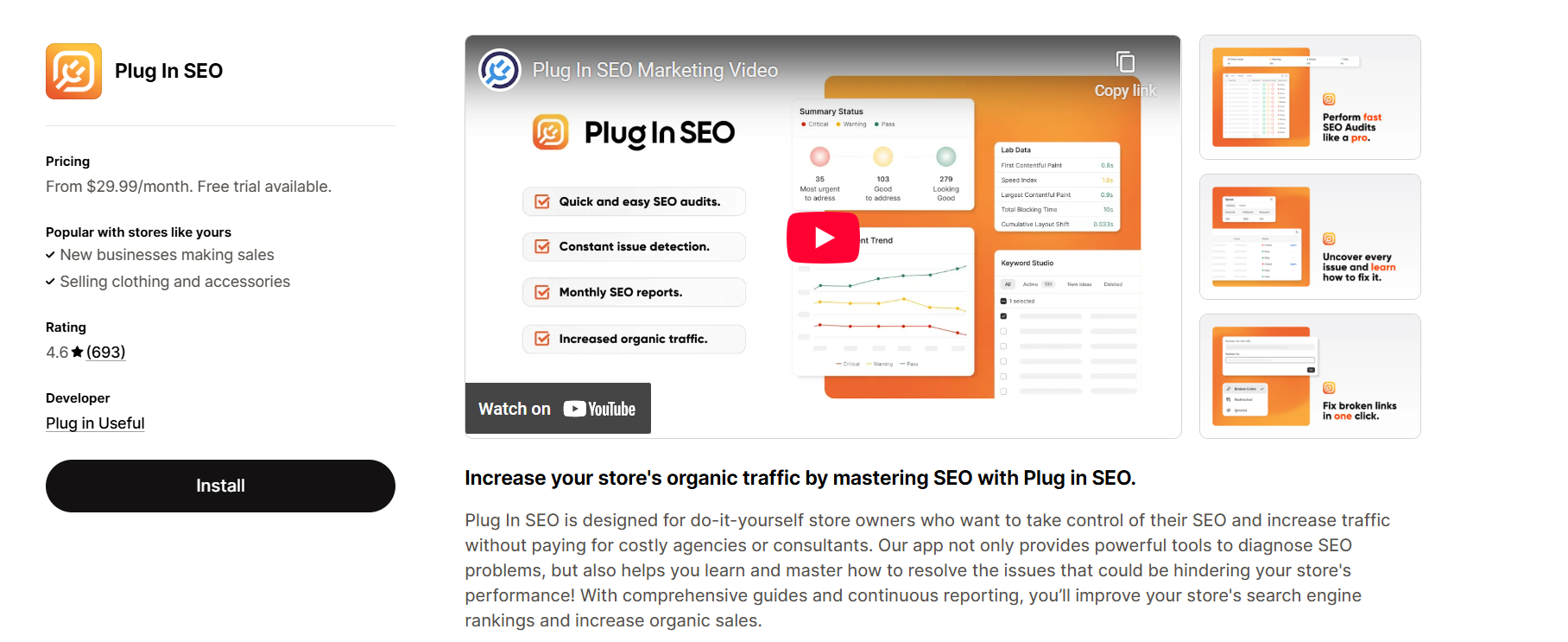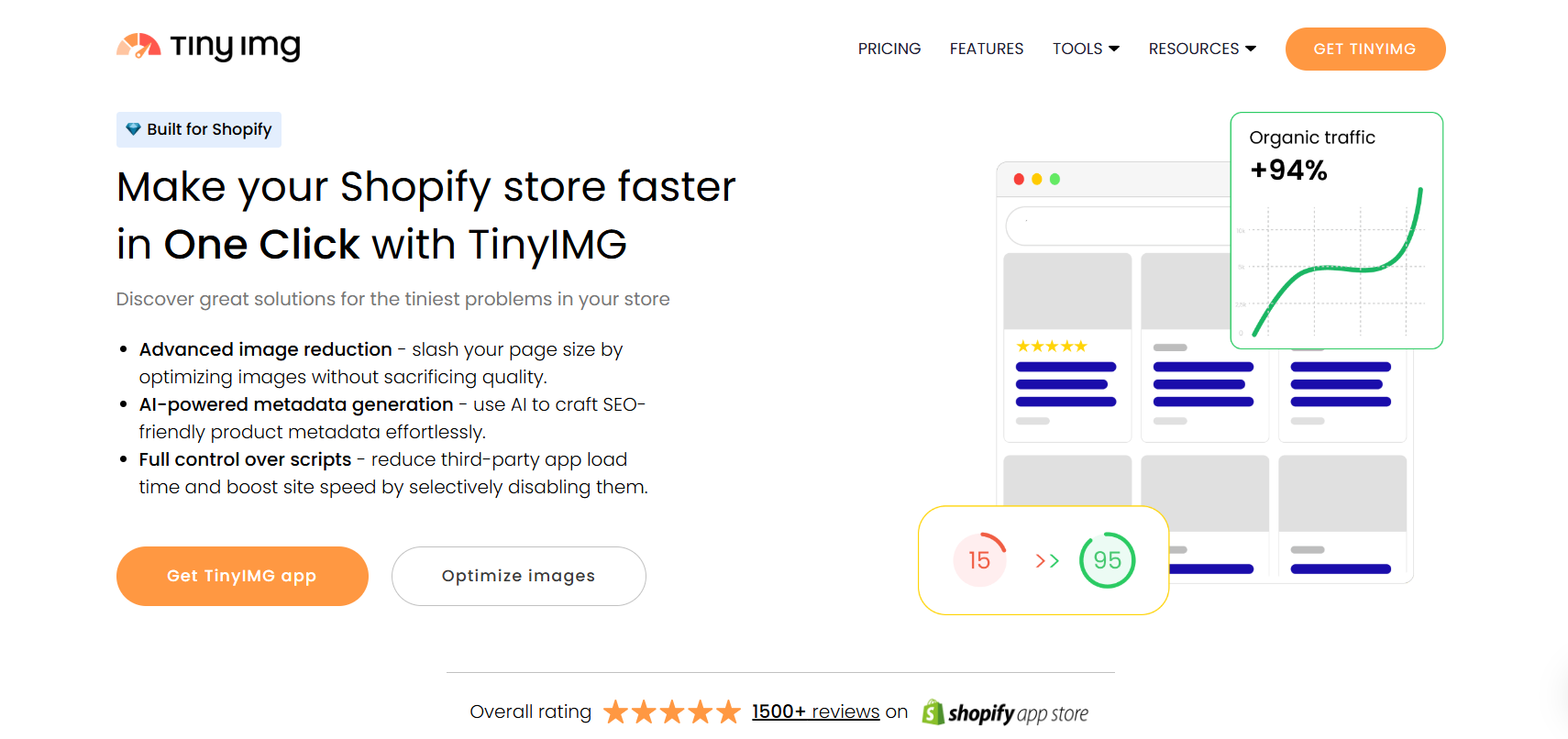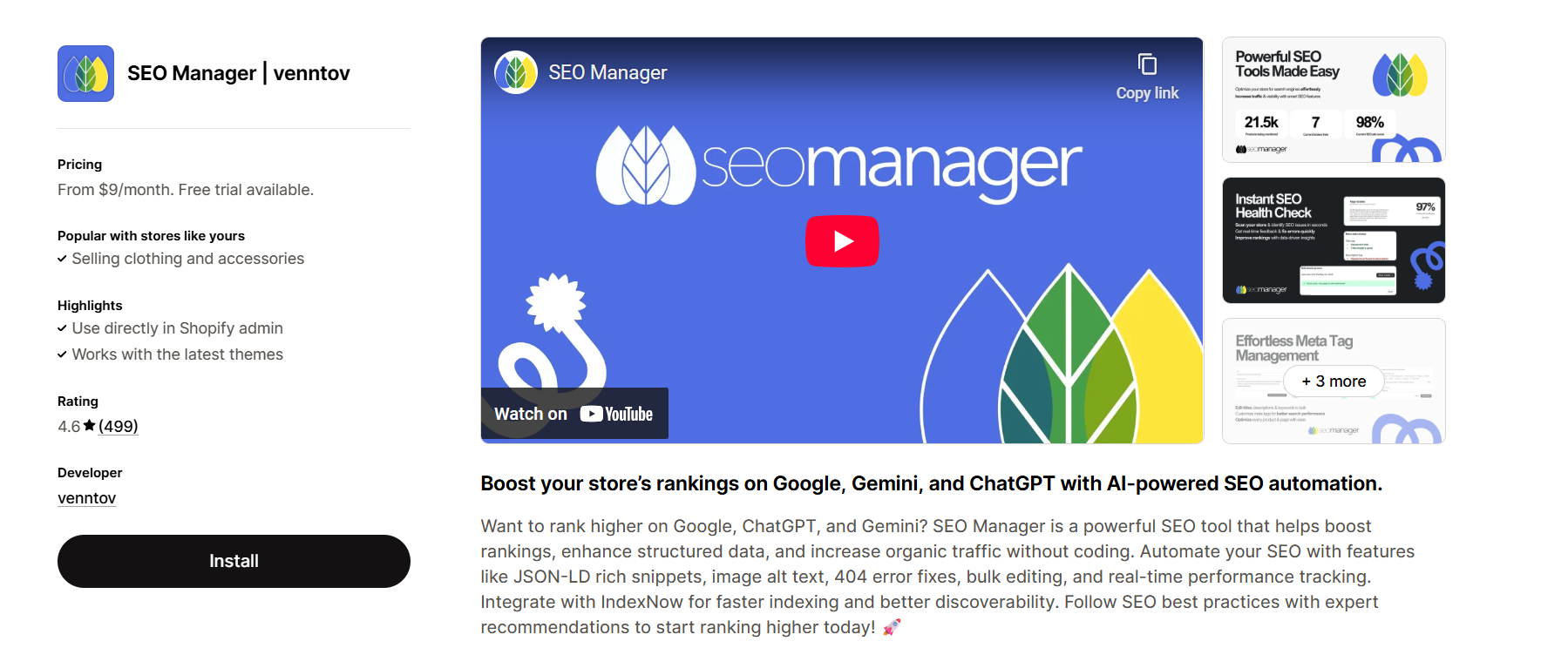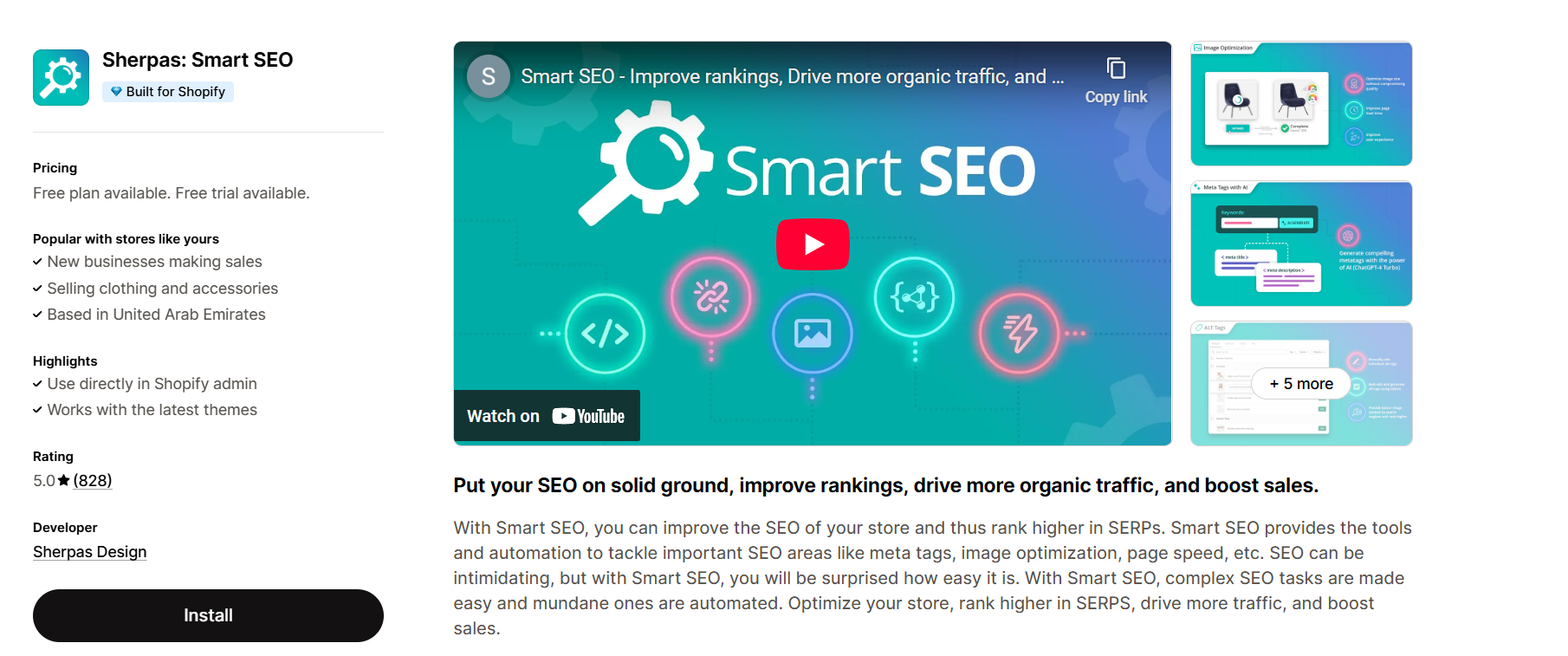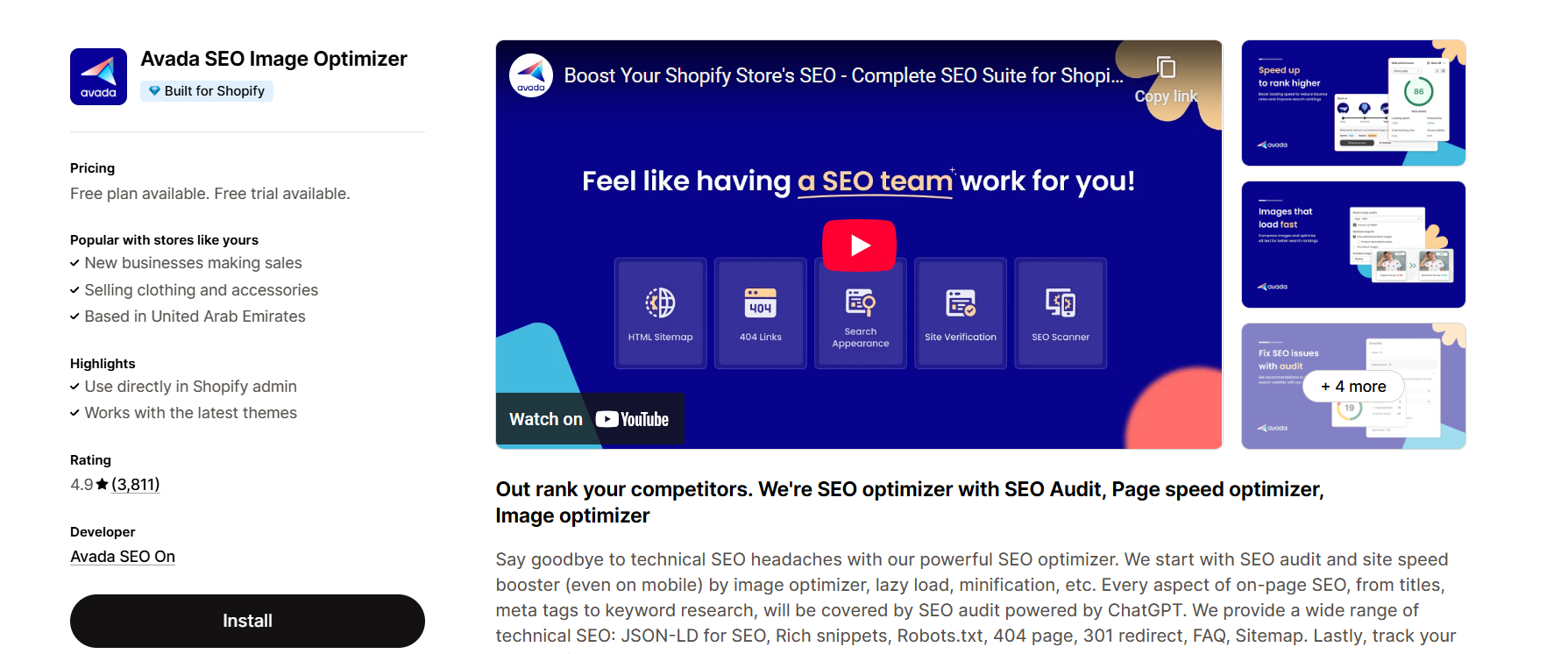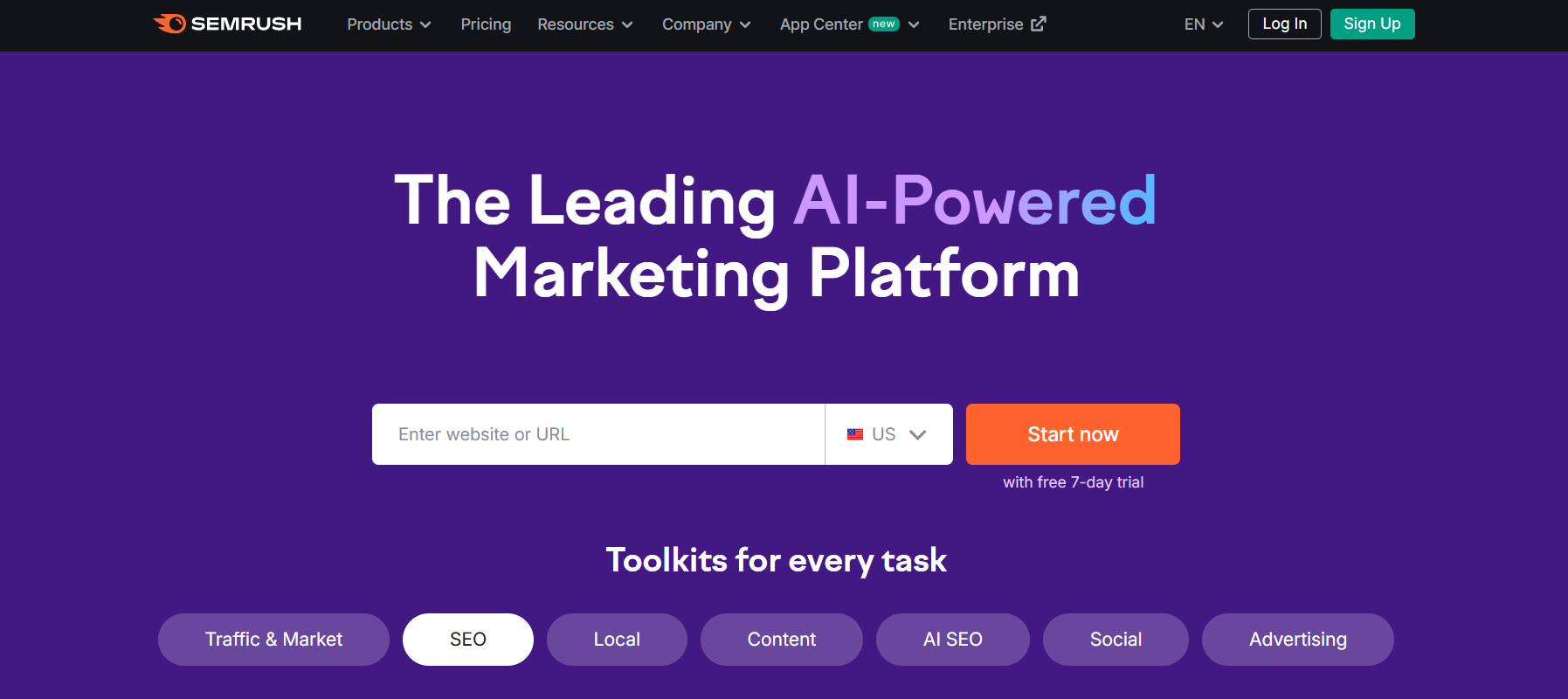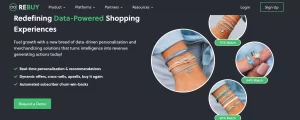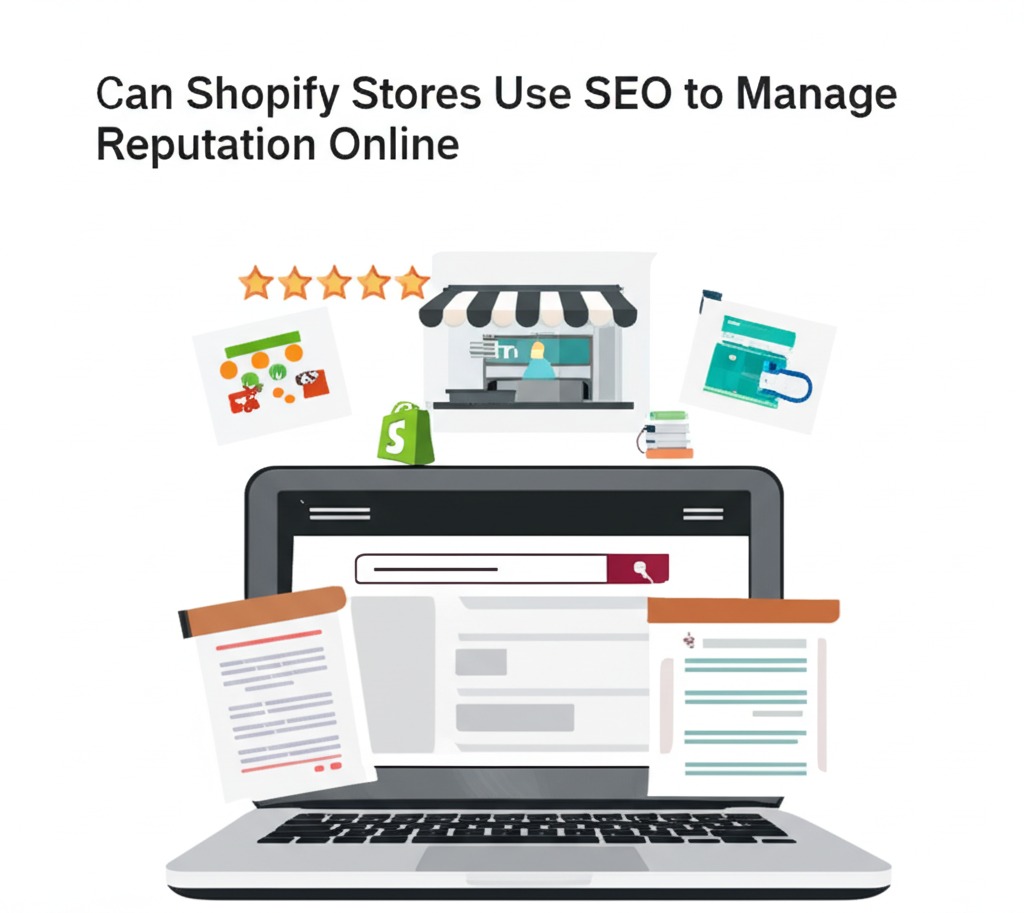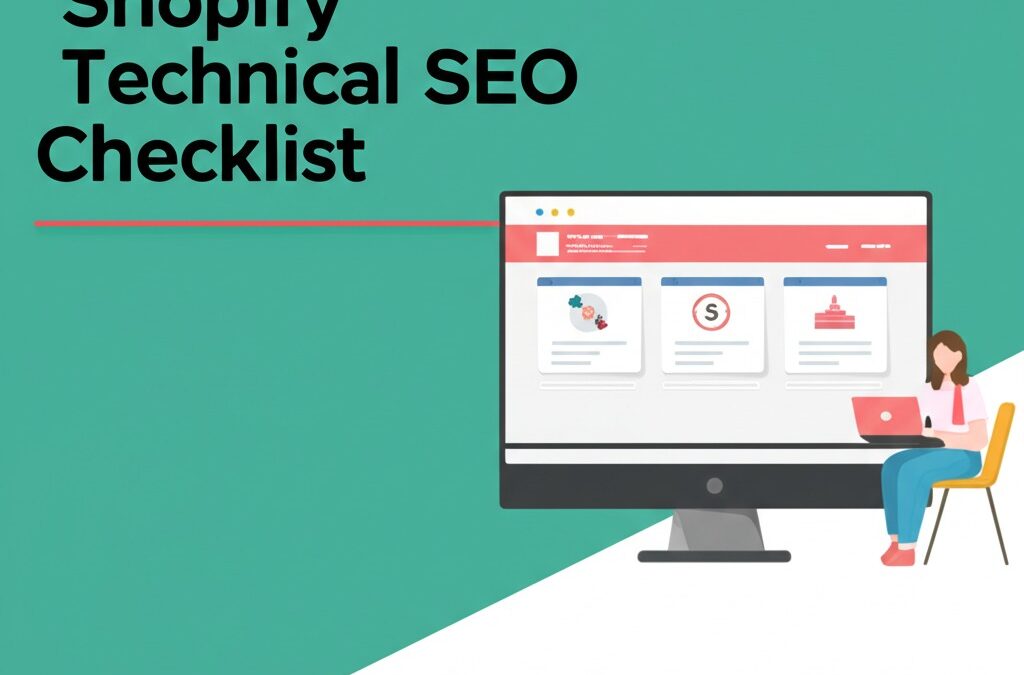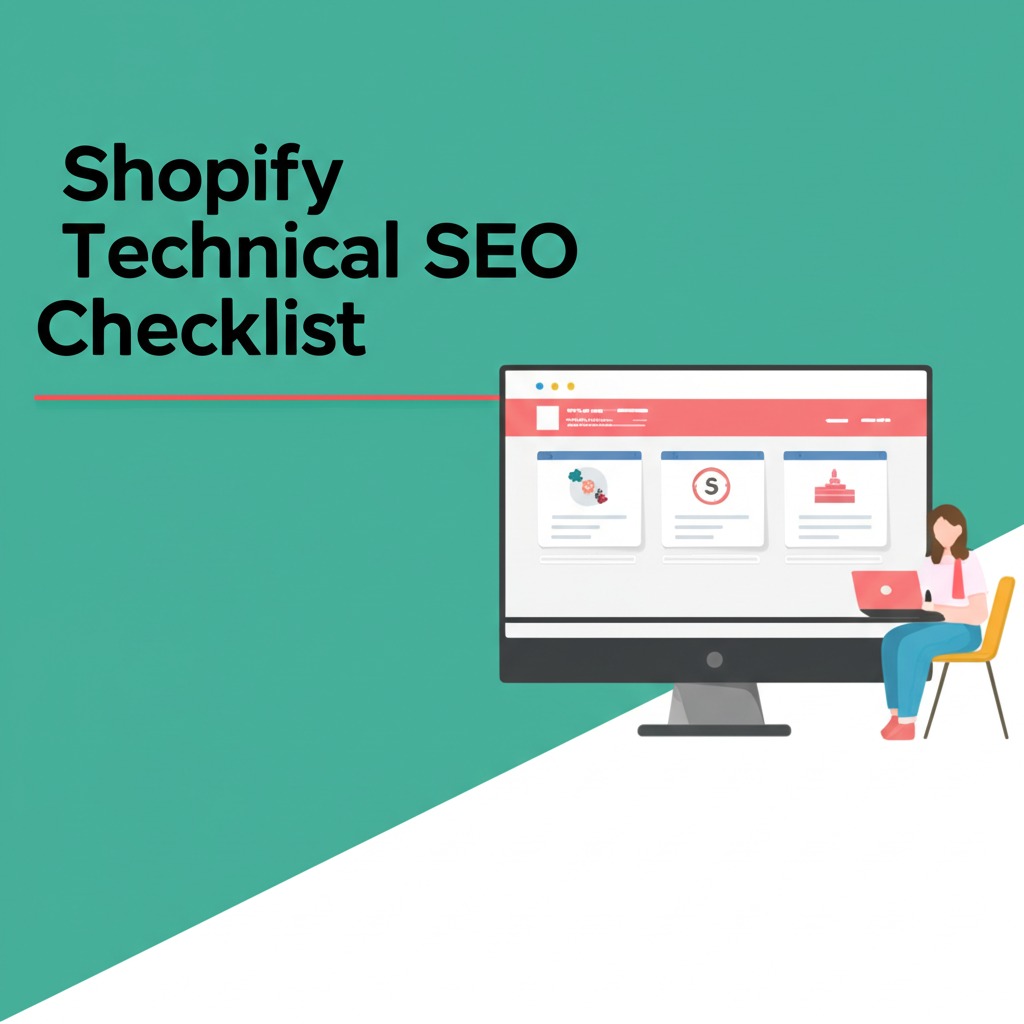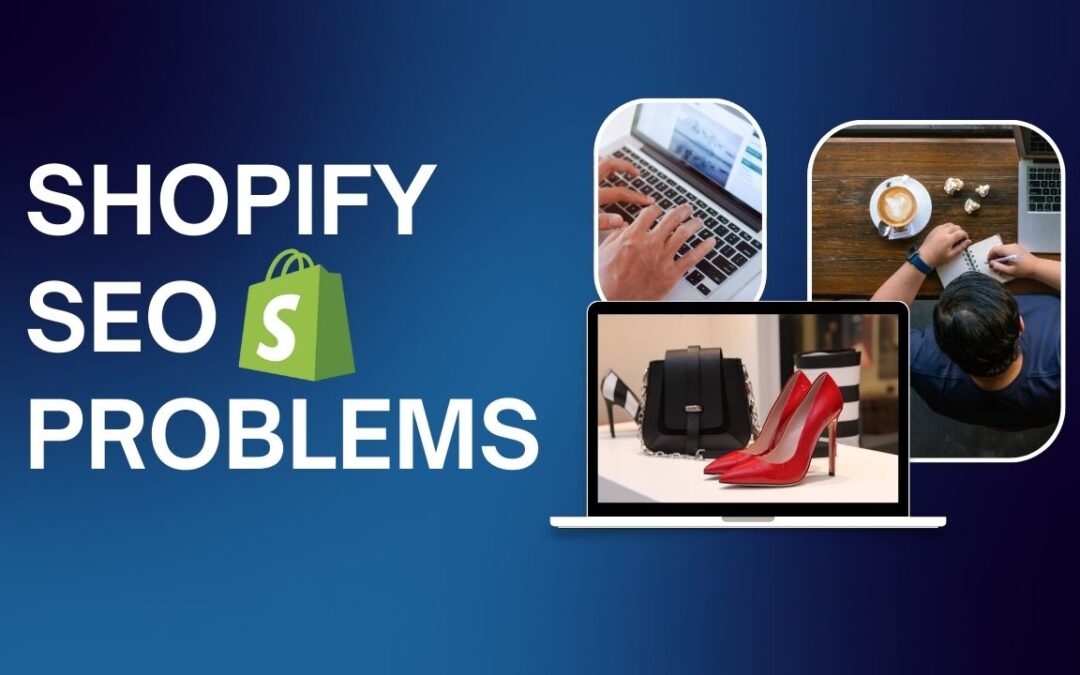
9 Hidden Shopify SEO Problems That Are Killing Your Traffic (and How to Fix Them Fast)
Introduction: Why Shopify SEO Problems Are Hurting Your Store
Shopify SEO problems are more common than most store owners realize. You could have the most beautiful storefront, amazing products, and killer ads — but if Google can’t properly crawl, understand, or rank your website, you’re leaving thousands of potential customers (and sales) on the table. The truth is, many Shopify store owners unknowingly fall into the same traps. These Shopify common SEO problems don’t just hold back your rankings; they quietly eat away at your visibility, your traffic, and ultimately your bottom line.
What’s worse is that many of these problems aren’t obvious. Your store might look perfect to you, but under the hood, Google could be seeing errors, duplicates, or missing signals that cost you valuable traffic. If you’ve ever wondered why your store isn’t getting the organic sales you hoped for, the culprit may very well be lurking in one of these hidden issues.
In this article, we’ll dig into nine hidden Shopify SEO problems that could be slowing down your growth. More importantly, I’ll walk you through practical fixes you can implement today. The goal isn’t to overwhelm you with technical jargon but to give you clear, simple steps you can use to recover lost traffic and build a stronger foundation for long-term growth.
Find More: 7 Best SEO Apps for Shopify That Skyrocket Your Store Traffic
1. Slow Page Speed and Unoptimized Themes

One of the most damaging Shopify SEO problems is speed. Think about your own habits — how often do you wait around for a slow site to load? If it takes more than a few seconds, most people hit the back button. Google pays close attention to this. If users bounce because of slow load times, your rankings drop.
Shopify themes, especially the fancier ones, often come bloated with unnecessary scripts, widgets, and third-party apps. Add in uncompressed images and you’ve got a recipe for sluggish performance.
How to Fix It:
- Run speed tests with Google PageSpeed Insights, GTmetrix, or Pingdom to see where you stand.
- Compress and resize images before uploading. Tools like TinyPNG or ImageOptim work wonders.
- Audit your apps — uninstall anything you don’t truly need. Many apps load extra code that slows your store.
- Consider switching to a lightweight, SEO-friendly theme optimized for performance.
- Use a content delivery network (CDN) to serve assets faster to global audiences.
Even shaving off one or two seconds can have a huge impact on both SEO rankings and conversions.
2. Duplicate Content from Product Variants and Collections
Here’s a sneaky Shopify SEO problem: duplicate content. Because of how Shopify handles product variants and collections, the platform often creates multiple URLs for the same product. To Google, that looks like duplicate pages competing against each other.
The danger? Google might split ranking signals between duplicates or ignore them entirely.
How to Fix It:
- Use canonical tags to point search engines toward your preferred product URL. Shopify has built-in support for canonicals, but double-check them.
- Write slightly different descriptions for product variants when possible. Even small changes help.
- Avoid thin category pages that just repeat product info.
- Use a crawler like Screaming Frog or Sitebulb to identify duplicates across your site.
3. Poorly Structured URLs and Navigation

Search engines love clarity. Unfortunately, Shopify’s default URL structure isn’t always ideal. Long, cluttered URLs such as yourstore.com/collections/all/products/product-name aren’t only hard to read but can also hurt your SEO.
Navigation is another piece of the puzzle. If your categories and menus aren’t structured logically, you confuse both users and search engines.
How to Fix It:
- Shorten URLs where possible. Focus on keeping them clean, descriptive, and keyword-friendly.
- Use simple collection names instead of generic ones like “all.”
- Add breadcrumbs to help users and search engines understand the hierarchy.
- Organize your navigation into clear categories that mirror how customers actually shop.
4. Missing or Weak Meta Titles and Descriptions
Meta titles and descriptions are your first impression on Google. Think of them as your store’s digital billboard. Weak, duplicated, or missing tags are one of the most common Shopify SEO problems, and they cost you clicks before people even reach your store.
How to Fix It:
- Write unique meta titles for every page — product, collection, and blog.
- Keep titles under 60 characters and descriptions under 155.
- Add a call-to-action or highlight a benefit. For example: “Shop eco-friendly yoga mats – Free Shipping Today!”
- Use keywords naturally — avoid stuffing, but include the main term where it makes sense.
5. Thin or Duplicate Product Descriptions
Let’s be real: many store owners simply copy descriptions from their supplier. It’s quick, it’s easy, but it’s also a Shopify SEO problem that can tank your rankings. Google values unique content. If your product description is identical to dozens of other sites selling the same product, you won’t stand out.
How to Fix It:
- Write product descriptions that focus on customer benefits, not just features.
- Use storytelling to make the product relatable (e.g., “Imagine unboxing this on a busy Monday morning…”).
- Add bullet points for readability.
- Incorporate long-tail keywords naturally.
- Keep the tone consistent with your brand voice.
6. Ineffective Use of Alt Text for Images
E-commerce thrives on visuals. But here’s a Shopify SEO problem many overlook: alt text. Without descriptive alt text, search engines don’t know what your images represent, and you miss out on traffic from Google Images.
How to Fix It:
- Write alt text for every product image. Think of it as describing the picture to someone who can’t see it.
- Include the product name and a keyword, but don’t overdo it.
- Avoid stuffing every alt tag with the same phrase. Variety looks more natural.
- Bonus: Good alt text also improves accessibility for customers using screen readers.
7. Lack of Blog Content and Internal Linking

Many Shopify store owners treat their site like a digital catalog: just products and collections. That’s a mistake. Without blog content, your site has fewer opportunities to rank for informational keywords and build authority.
Internal linking is the glue that holds your SEO together. Without it, Google struggles to see relationships between your pages.
How to Fix It:
- Start a blog. Publish helpful content that solves your audience’s problems, not just product announcements.
- Link from blog posts to related product pages naturally. For example, an article about “best skincare routines” should link to your skincare products.
- Use anchor text that describes the linked page instead of generic “click here.”
- Create pillar content (long guides) and link to smaller related posts.
8. Ignoring Mobile SEO Optimization
Here’s a reality check: more than half of e-commerce traffic comes from mobile. If your store looks clunky on a phone or loads slowly, that’s not just a poor user experience — it’s a Shopify SEO problem that directly affects rankings.
How to Fix It:
- Test your site with Google’s Mobile-Friendly Test. See what errors pop up.
- Use responsive themes built for mobile-first browsing.
- Simplify navigation. Big dropdown menus that work on desktop often frustrate mobile users.
- Avoid pop-ups or banners that cover content.
- Keep buttons and CTAs thumb-friendly — easy to click without zooming.
9. Missing Schema Markup and Rich Snippets
Schema markup may sound technical, but it’s basically a way to help Google understand your content better. With schema, your products can stand out in search with ratings, prices, and availability. Without it, you blend into the crowd.
How to Fix It:
- Install an app like Smart SEO or JSON-LD for SEO to easily add schema.
- Focus on marking up key info: product name, price, availability, and reviews.
- Test your structured data with Google’s Rich Results Test tool.
- Keep it updated — schema changes, and outdated markup can cause errors.
How to Audit and Fix Shopify SEO Problems Step by Step
By now, you’ve seen how hidden issues add up. So, how do you systematically tackle them?
Step 1: Run a comprehensive SEO audit using tools like Ahrefs, SEMrush, or Screaming Frog. These will reveal technical issues you might miss manually.
Step 2: Prioritize. Not every fix has the same impact. Start with site speed, duplicate content, and missing meta tags.
Step 3: Document your fixes. Create a spreadsheet or checklist to track what’s done and what needs attention.
Step 4: Monitor results. Use Google Search Console to see improvements in impressions, clicks, and rankings.
Step 5: Make SEO part of your routine. Review performance monthly, especially if you’re adding new products or content frequently.
Think of SEO as regular maintenance. Just like you wouldn’t ignore strange noises in your car, don’t ignore small issues in your store. Left unchecked, they pile up and cost you traffic.
Conclusion: Fix Your Shopify SEO Problems Before They Kill Your Growth
The good news? Every Shopify SEO problem has a solution. By addressing these nine hidden issues, you can recover lost traffic, improve rankings, and give your store a serious advantage over competitors. The fixes aren’t rocket science — but they require consistency.
Remember: SEO isn’t a one-time project. It’s an ongoing process. Trends change, algorithms update, and customer behavior shifts. The stores that keep winning are the ones that stay proactive.
So, don’t wait for your traffic to decline further. Start fixing these problems today. Even small improvements compound over time. Take action now, and watch your Shopify store climb higher in search, attract more qualified visitors, and turn them into loyal customers.
Find More: Boost Your Sales With SEO Services
FAQs
1. How long does it take to fix Shopify SEO problems?
It depends. Quick fixes like alt text or meta tags may show results in weeks, but bigger issues like duplicate content or technical errors may take months before Google fully reflects the changes.
2. Do I need paid apps to solve SEO issues on Shopify?
Not always. Many fixes can be done manually. However, apps save time and reduce the chance of human error, especially for things like schema markup.
3. Can Shopify stores rank as high as WooCommerce or WordPress?
Absolutely. While Shopify has some limitations, the platform is fully capable of ranking competitively. With the right optimization, you can outrank competitors on any platform.
4. What are the best Shopify SEO tools to use in 2025?
Top picks include Ahrefs, SEMrush, and Screaming Frog for audits, plus Shopify-specific apps like Plug in SEO, Smart SEO, and JSON-LD for structured data.
5. How often should I do an SEO audit for my Shopify store?
At minimum, quarterly. If you’re regularly adding products or content,

